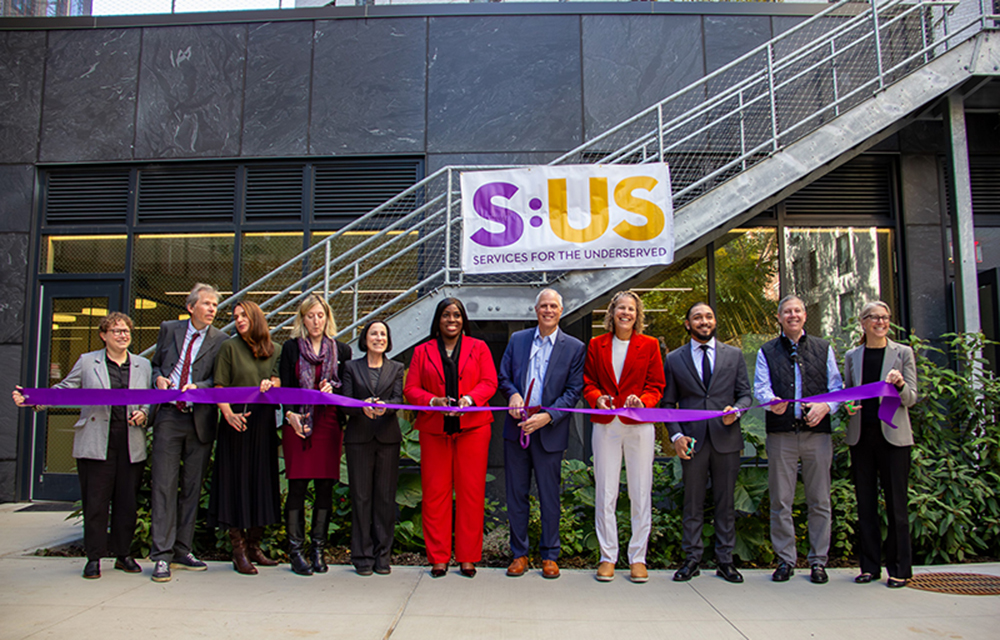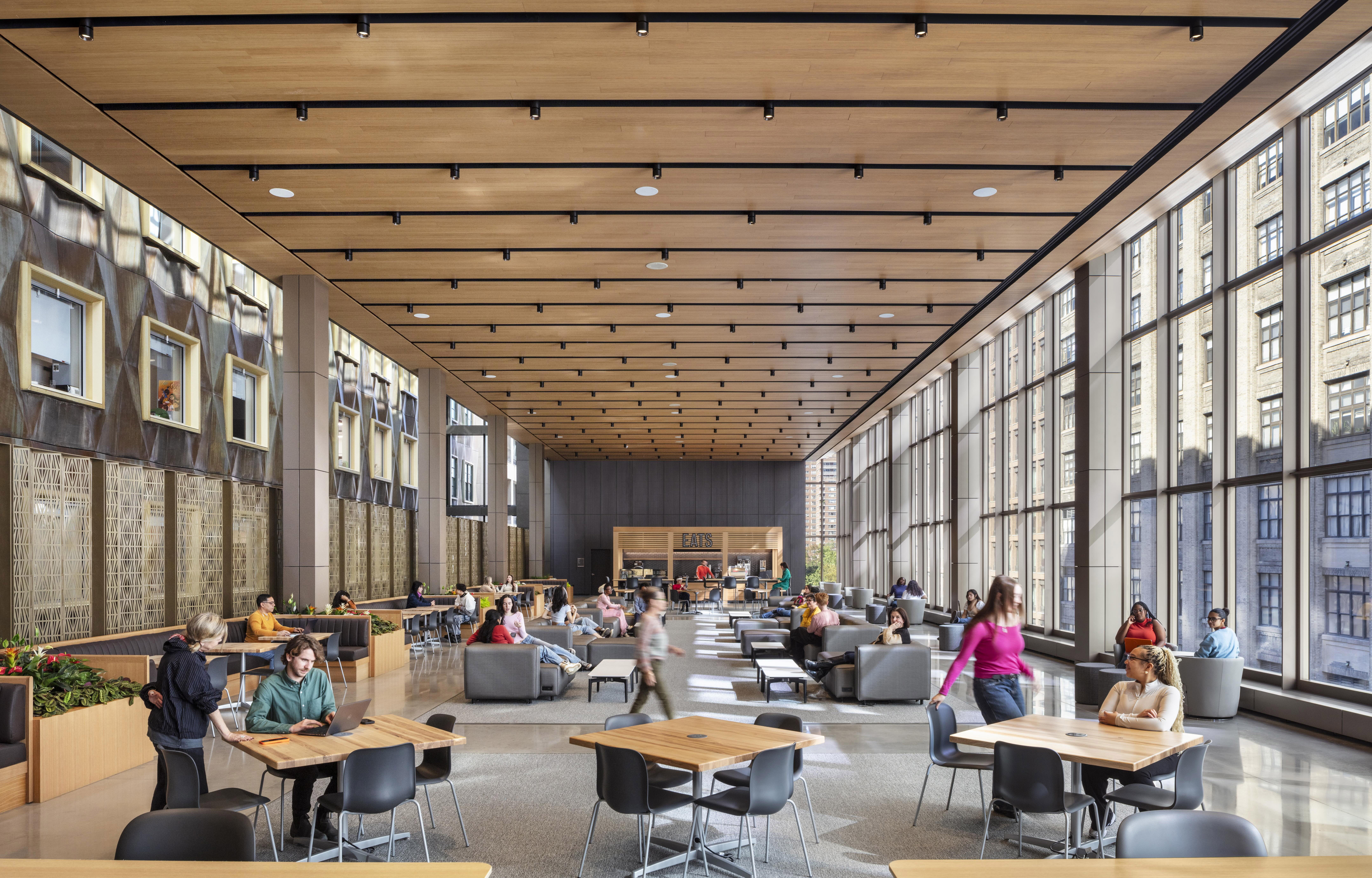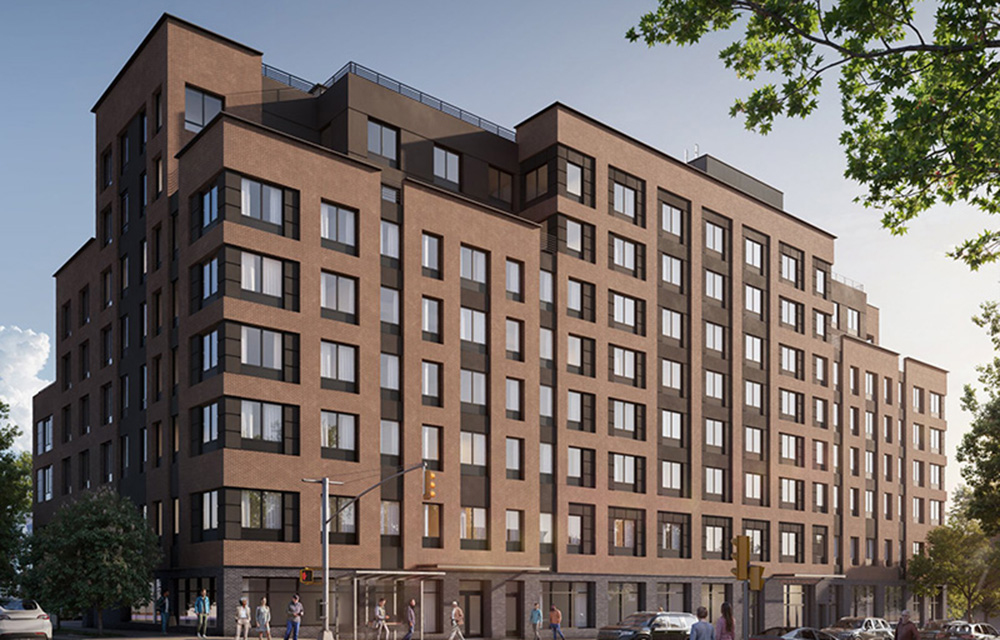News:
Construction Design & Engineering
Posted: November 8, 2010
How are we doing? Time to reflect on the accuracy of the 2010 construction industry projections
Since we are already in the fourth quarter of 2010, with 2011 projections just around the corner, it seems like a good time to reflect on the accuracy of the 2010 construction industry projections. In January, I reported on the cautious optimism that seemed to pervade the 2010 projections. With many industry experts believing the construction market had all but bottomed out in 2009, it was hard not to predict a more positive outlook for 2010, even if not across all sectors. However, 2010 proved to be another year of uncertainty, with market sectors continuing to seesaw on a quarterly, if not monthly, basis throughout the year.
As expected, 2010 started off with a reason to be upbeat. Residential housing picked up in the first and second quarters, fueled in part by the homebuyer tax credit and low interest rates. Unfortunately, that trend started to slow as early as May. The large inventory of homes available for sale, coupled with continued tight credit and looming bank foreclosures, slowed both single family and multifamily residential development below previous projections. The level of recovery was also affected by owners choosing to renovate and upgrade aging homes rather than buying new ones. September started to once again show a small turnaround in residential starts, due in part to a few large multifamily projects that had already received the green light. Yet the uptick in September was still well below the gains realized at the beginning of the year.
Unfortunately, the continued downturn in nonresidential construction has proven to be worse than originally anticipated. While the initial 2010 projection of a decline in spending between 10% and 13% was bleak, the Consensus Construction Forecast as reported by Kermit Baker, chief economist for the American Institute of Architects (AIA), is now anticipating a whopping 20% decline in nonresidential construction spending by the end of 2010. FMI Corp.'s 2010 Second Quarter Report points to continued declines in lodging, office and commercial segments, with new projects at a virtual standstill until employment prospects recover for the economy as a whole. Forecasts that health care and education projects will remain flat to slightly down, together with an expected downturn in manufacturing upon completion of current projects, support FMI's mid-year prediction of a 16% decline in nonresidential construction for 2010.
The only strong sector appears to be nonbuilding construction. This portion of the industry consists primarily of power and conservation construction, including water treatment and sewage and waste disposal plants. These markets have shown consistent and significant increases over the last five years and should remain strong in the coming years. Yet even here, September showed a 27% decline in this sector following gains of 25% in July and 23% in August, according to the Dodge Report.
In New York, hopeful eyes look toward institutional and public projects. The New York Building Congress reports that for the twelve month period ending April 31, 2010, the education sector was responsible for 56% of New York City construction starts. Accounting for $3.8 billion of this work, the School Construction Authority and the City University of New York maintain aggressive construction plans for their upcoming capital campaigns. Similarly, New York State is projected to receive $3.3 billion in stimulus money for infrastructure projects under the American Recovery and Reinvestment Act, and has aggressively certified projects in an attempt to create construction jobs to offset those lost in the private sector. Yet the New York State Department of Labor reported another 5,800 construction jobs lost in August and September 2010, with losses continuing to be highest among specialty trade contractors.
Even amidst all this gloomy news, one bright spot has been reported. An October 20, 2010 AIA press release reports that its Architecture Billings Index (ABI) has indicated a growth in design activity in September 2010, increasing for the fourth straight month. Further, the ABI reported a sharp increase in new project inquiry, the highest since July 2007. The highest regional average was reported in the Northeast. As an indicator of the approximately nine to twelve-month lag time between architecture billings and construction spending, perhaps the recovery in the construction industry really is on track to show signs of renewed life in mid-2011.
Lori Samet Schwarz, Esq., is a partner with Zetlin & De Chiara, LLP, New York, N.Y.
MORE FROM Construction Design & Engineering
Troutbrook expands with boutique condo project and Marriott Fairfield Inn & Suites renovation
Brooklyn, NY For more than 25 years, Troutbrook/Freud Development has remained focused on executing design-driven projects across the city. Its latest ventures reflect both a continued push into boutique residential development and an expansion

Quick Hits







.gif)
.jpg)
.gif)
.gif)